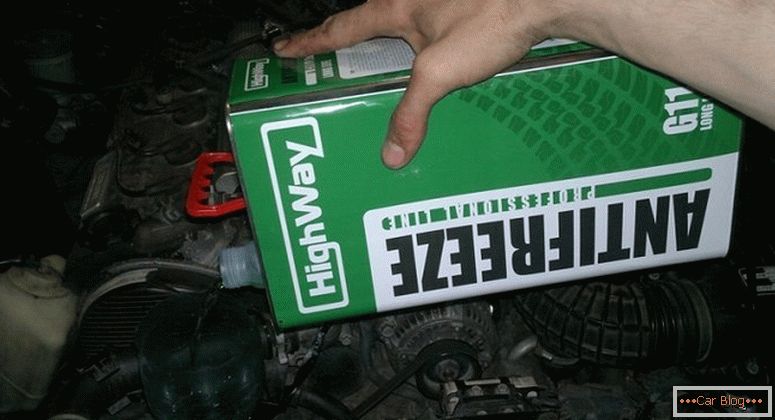Защиту большинства элементов силовой установки от термической деформации обеспечивает система охлаждения. Ее качественная работа способна значительно повысить ресурс двигателя и не допустить заклинивания. Каждый автомобилист должен знать, where is the coolant temperature sensor, и уметь его заменить при необходимости.
Content
- 1 Basic concepts
- 2 The principle of operation of the coolant temperature sensor
- 3 What does the coolant temperature sensor look like
- 4 Possible faults
- 5 Diagnostics
- 6 Replacement
Basic concepts
The cooling system includes the following elements:
- shirt, consisting of branched channels around the block;
- cooling radiators;
- branch pipes;
- circulating water pump (pump);
- thermostat.
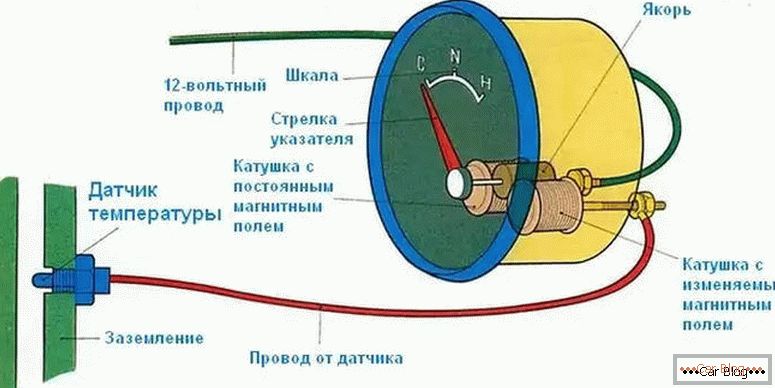
The pump drive in the majority of designs is provided with rotation of the crankshaft. The thermostat starts up the coolant in a small or large circle. In the second case, the radiator is activated. In it, due to the increased surface, excess heat is released to the atmosphere. If in the passive mode it is not possible to reset the temperature to the desired level, the active airflow is automatically connected. It is carried out by the built-in fan.
The principle of operation of the coolant temperature sensor
The heating of the fluid in the system is monitored by an integrated sensor. As a result, the driver on the dashboard sees in almost real time the state of the cooling system. If the readings are significantly different from the actual state, it is necessary to replace the coolant temperature sensor. After all, besides outputting readings to the instrument panel, they are sent signals to an electronic control unit. As a result, the system regulates the flow of fuel on the basis of thermal indicators.
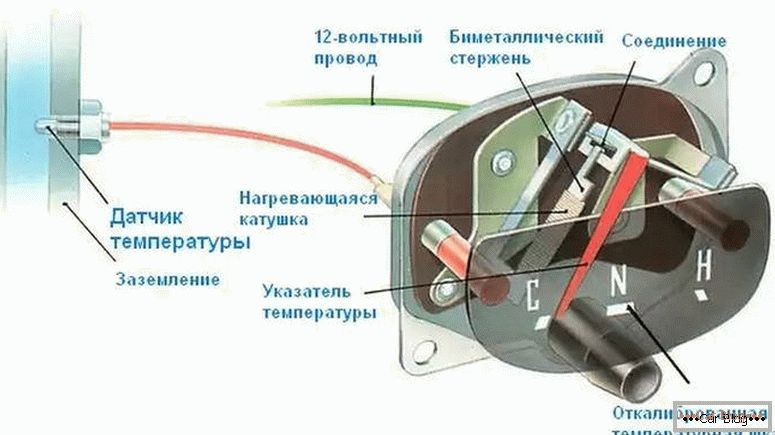
During start the engine is cold. To ensure sufficient power to the engine, you need to submit an enriched fuel mixture. During this period, information is received on the low temperature of the engine. When the system goes into operation, the fuel supply is normalized.
Since the temperature sensor operates continuously, it does not allow to allow significant overspending, reducing harmful emissions and increasing the efficiency of the car, due to the continuous flow of information about the engine temperature to the ECU.
An additional feature of the electronic component of the cooling system is to assist in setting the ignition angle. Based on the information received from him, the ignition advance angle is corrected.
What does the coolant temperature sensor look like?
The basic element of this device is a thermistor. In fact, it is an element that is capable of having different resistances with varying ambient temperatures. It is located in a metal case that has a thread on the outer surface.
See also: How does the engine cooling systemThe tail part is enclosed in heat-resistant plastic. It contains contacts, which are displayed on the power supply and for connecting to automotive electronics (ECU). A negative power cable is connected to ground. Uninterrupted operation of the thermistor depends on the voltage applied to it in 5V from the electronic unit through a resistor of constant resistance.

The principle of operation of the thermistor is based on a negative temperature coefficient. From which it follows that during an increase in ambient temperature, the resistance value will decrease, in parallel with this, a decrease in the voltage that flows to the device occurs.
With built-in algorithms, electronics (ECU) calculates changes in voltage, which corresponds to changes in temperature. These indicators are provided to the driver in the form of information on the dashboard.
In different car models, the coolant temperature monitoring point may differ, and therefore the sensor may be located in different places. He is met in the cylinder head, near the thermostat, also on the thermostat itself. Often he stands on the outlet pipe, which removes fluid into the radiator. This provision provides the most accurate data.
Possible faults
A sufficient degree of reliability provides relative simplicity of design. Most of the problems are in violation of the graduation, directly affecting the resistance. Since the electronic unit is based on thermal indications, such a failure leads to a general imbalance of all systems.
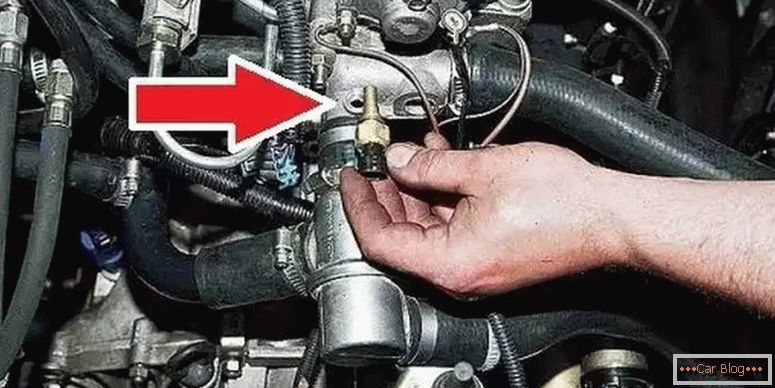
A clear sign that a check of the coolant temperature sensor is required is that the operation of the fan located opposite the radiator is turned off. However, this superficial diagnostics will be irrelevant if there are two sensors in the car: the main and the additional sensors installed exclusively for starting the fan. In this situation, the problem must be solved with the wiring to an additional sensor or with its complete replacement.
Modern cars often have a built-in indicator on the panel that alerts you to the performance of an electrical sensor. In this case, quite often incorrect work depends on oxidized contacts. Eliminating problems with wiring, you can continue to operate the device.
Diagnostics
Before checking the coolant temperature sensor, it is worth checking the integrity of all suitable wiring. With the help of an electronic tester or multimeter, it will be possible to control the voltage applied to the device. We disconnect from the tail end of the plug with the wiring and connect everything through a voltmeter.
See also: Checking the thermostat for performanceHaving started the engine, we measure the current indications of the device. The display should show the value as close as possible to 5V. If the indicator is normal, then we diagnose resistance.
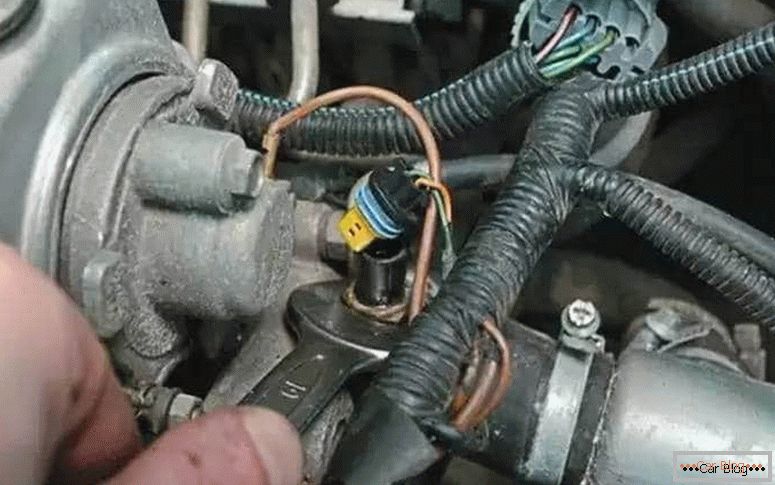
The following materials and tools will be required for dismantling and checking:
- capacity for antifreeze;
- thermometer (not mercury, preferably electronic);
- tester / multimeter;
- dishes with hot water;
- open-ended wrench on 19.
Чтобы не разлить охлаждающую жидкость, перед тем, how to change the coolant temperature sensor, через сливное отверстие частично удаляем ее небольшой объем, ровно столько, чтобы при вывинчивании резьбы не расплескать ее в подкапотном пространстве. Откидываем провода от хвостовой части и выкручиваем датчик.

Home check
Verification is carried out in two ways:
- In the first case, the sensor is connected to a tester installed in the resistance measurement mode, and lowered into a container with water at room temperature. There should also be an electronic thermometer. We start to warm up the tank and monitor the resistance readings on the display. During the temperature measurement 15With the value should be 4450 ohms. At 40C it drops to 1459 Ohms, and at boiling 100With its level drops to 177 ohms. When a motorist reveals significant discrepancies, it is worth thinking about replacing parts.
- When there is no special thermometer on hand, it can be tested in hot water at a temperature close to 100C. It is enough to get a reading of about 177 ohms to make sure that it is working.
Replacement
Thermal sensor refers to non-repairable structural elements. When it fails, it only remains to replace the part with a new one.
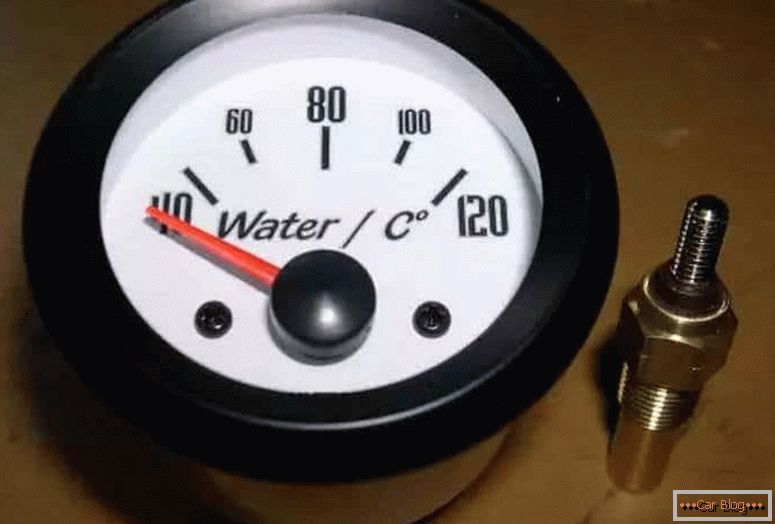
A purchased sensor can be tested using the methods described above. If it passes positively testing, then it is screwed to its rightful place. To avoid leakage due to thermal expansion, etc. thread handle sealant.
On the shank of the device we mount the plug with wiring, which is mounted in the only correct position, so it will not be possible to reverse the polarity. We bring the volume of coolant to normal, topping it through the neck of the expansion tank.
If replacement of the sensor did not lead to the desired result, then it is worth checking the performance of the other elements of the system, for example, a thermostat. It can keep out fluid in a large circle, providing it with significant overheating.

